The global electricity generation trends are now shifting towards cleaner alternatives as renewable energy now takes center stage.
If you want to learn everything there is to know about renewable energy, you’ve come to the right place. Read on to dive deep into all facts surrounding renewable power and different renewable energy projects, statistics, and other data and facts connected to the renewable energy sector. Let’s dive in.
Table of Contents
What is Renewable Energy?
Renewable energy, in a nutshell, is energy from natural sources that regenerates faster than it is consumed. For example, sunlight and wind are sources that are constantly replenished. Renewable energy sources are abundant and all around us, unlike fossil fuels, which is currently still the leading source of energy for our industries, homes, and communities.
Fossil fuels (i.e. coal, oil, and gas) are non-renewable natural resources that take hundreds of millions of years to form. Fossil fuels cause harmful emissions of greenhouse gases such as carbon dioxide when burned to produce energy. All these have pushed people to find cleaner ways to create and use energy.
What is the role of renewables in clean energy transitions?
Renewables are important for clean energy transition. Renewables are one of the main ways of keeping the average global temperature rise below 1.5°C. Modern bioenergy is the biggest source of renewable energy worldwide. More than half of the world’s energy was used in 2022.
Renewable Energy Types
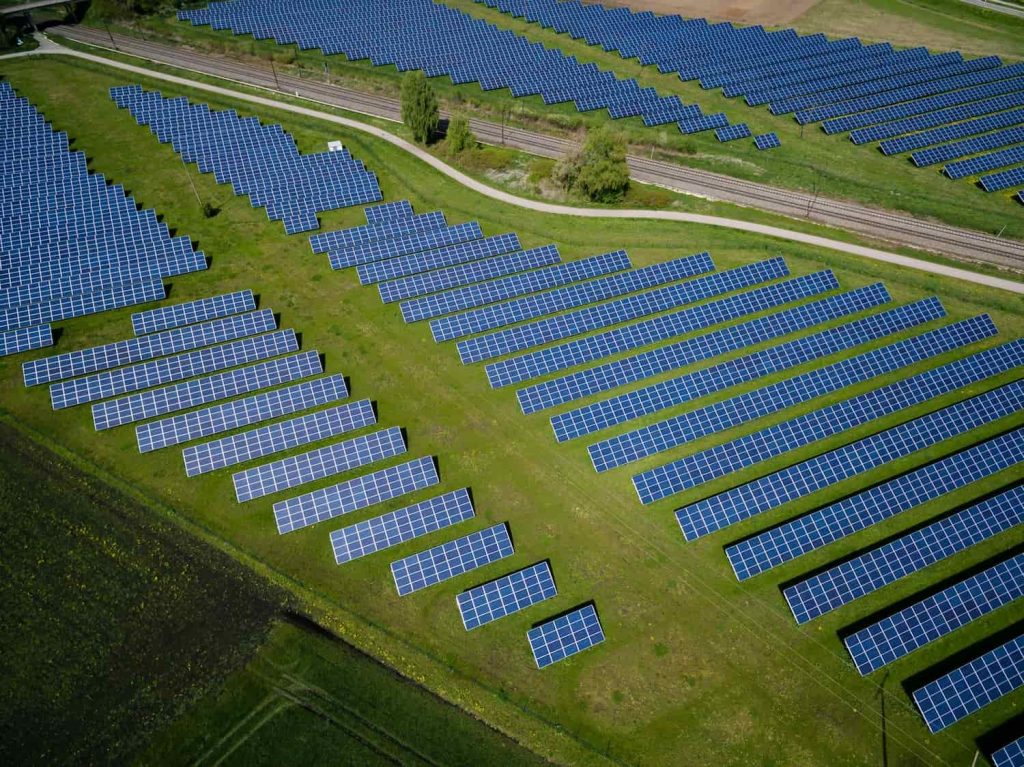
Here are some of the types of renewable electricity generation technologies:
1) Solar Energy
Solar energy is the most abundant of all energy resources and can even be harnessed in cloudy weather. For a variety of applications, solar technologies can provide heat, cooling, natural lighting, energy, and fuels. One of the most common technologies today are photovoltaic panels, mirrors that concentrate solar radiation and convert sunlight into electrical energy. These have been the leading tools to create solar energy for homes.
2) Wind Energy
By deploying massive wind turbines that are situated on land (onshore) or in freshwater or the ocean (offshore), wind energy is able to capture the kinetic energy of moving air. Although wind energy has been utilized for thousands of years, in recent years, onshore and offshore wind energy technology have advanced to create more electricity by building taller turbines and larger rotor diameters.
3) Geothermal Energy
Geothermal energy makes use of the thermal energy that is readily available within the Earth. Geothermal reservoirs are used to extract heat using wells or other methods.
Hydrothermal reservoirs are naturally sufficiently hot and permeable reservoirs; enhanced geothermal systems are sufficiently hot reservoirs that have been boosted through hydraulic stimulation.
4) Hydropower
Hydropower reservoirs are frequently used for a variety of purposes, including electricity production, navigational services, drinking water supply, irrigation water, and flood and drought control.
5) Ocean Energy
The energy of water flowing from higher to lower elevations is captured by hydropower. It can be produced by rivers and reservoirs. While run-of-river hydropower facilities use the energy from the river’s available flow, reservoir hydropower plants rely on water that has been stored in a reservoir.
Ocean energy comes from devices that harness the thermal and kinetic energy of saltwater, such as currents or waves, to generate heat or power.
While some prototype wave and tidal current devices are being investigated, ocean energy systems are still in their early stages of development. Ocean energy’s theoretical potential vastly outpaces current human energy needs.
6) Bioenergy
A wide range of organic materials known as biomass, including wood, charcoal, dung, and other manures for the production of heat and power, as well as agricultural crops for the manufacture of liquid biofuels, are used to create bioenergy. The majority of biomass is utilized by the poorest people of developing nations for space heating, lighting, and cooking in rural regions.
Although burning biomass produces energy, it does so at a lower rate than burning fossil fuels like coal, oil, or gas. However, considering the possible harm to the environment from expanding forests and bioenergy plantations, as well as the ensuing deforestation and alteration of land use, bioenergy should only be used in restricted applications.
Common Technologies in Renewable Energy
These are the two most common technologies when it comes to renewable energy:
Energy harnessing technologies
The process of obtaining accessible energy and turning it into electrical power is known as energy harnessing. There are numerous methods that people can harvest energy, such as by using electric cars and microgrids, as well as by collecting energy from the sun, wind, and water.
The motivation for using energy from natural resources is to save energy, reduce greenhouse gas emissions, and advance a sustainable energy system.
Grid strengthening technologies
Infrastructure constructed with the newest technologies is necessary for a grid that is prepared for the future. This includes everything from intricate digitally compatible equipment to basic functions like power flow mapping. Grid-enhancing technologies (GETs) are a collection of technologies that comprise sensors, power flow control devices, and analytical tools. They are designed to maximize the transmission of electricity throughout the current system. In order to further decarbonize the system, these technologies will enable us to integrate clean, renewable energy sources like wind and solar power.
Challenges in Renewable Energy

The renewable energy industry faces many challenges. The government’s policies, corporate influence, old infrastructure, lack of a good battery storage system, and current market conditions prevent more people from using it worldwide.
Even though these things happen, people around the world are using renewable energy to stop climate change. It doesn’t pollute or emit carbon dioxide. It can replace fossil fuels. With time it is becoming an inevitable part of energy production.
1) The high initial cost of installation
Cost is the most often mentioned drawback of solar energy, however it is getting less as the sector grows. Renewable energy equipment installation and purchase prices are high initially. However, leasing choices can lower your initial outlay if money is a concern. Should you decide to purchase, you will have to occupy your house for a certain amount of years until the system becomes self-sufficient. Renters are less suitable for this long-term investment than property owners.
2) Lack of infrastructure
When lifespan costs are considered, wind and solar energy are better investments. Developing renewable energy is difficult because there isn’t enough infrastructure. The current infrastructure is mostly built for fossil fuel plants and nuclear plants.
The existing energy infrastructure needs to be changed as soon as possible as it cannot handle large amounts of renewable energy. Some of its best sources don’t have any infrastructure at all.
3) Power storage
Energy generation from burning fossil fuels is more consistent. On the other hand, renewable energy sources need a good battery storage system for off-grid power systems. A battery storage system helps to store the extra energy and use it later. It can help prevent blackouts by stabilizing the grid. Technology has made the storage system last longer and has more power. Its high price keeps it from being a wide installation. Battery prices need to go down so that solar energy can be stored more cheaply.
4) Non-renewable energy monopoly
The fossil fuel industry makes it harder to use clean energy because it makes climate change worse. Renewable energy sources are the best way to deal with climate change. Humans have used fossil fuels for a long time. Eventually, it is deeply rooted in the country’s economy.
5) Lack of knowledge and awareness
People are reluctant to use renewable energy technology because they don’t know or understand it. Fossil fuel plants are usually in places where people live. The local people work there because it needs many people to run. The property tax from fossil fuel plants is going to help the local community.
6) Lack of policies, subsidies, etc
There aren’t enough policies, subsidies, incentives, or regulations to make renewable energy technologies more popular. To attract investors, the renewable energy market needs clear policies and rules. To put it simply, the government needs to make policies that help the renewable energy market.
Climate change has started to affect human lives a lot. The only way out is to use renewable energy. With government incentives and subsidies, renewable energy has become cheaper. There isn’t much difference between their prices and fossil fuels prices per kWh. This has made it more popular in the energy market.
How can I start getting involved today?
Start your journey into clean energy by learning about various sources and talking with people in the field. Help out on projects or with groups to get real experience. Look into job chances in this area. Take steps to help move us towards more green energy, starting with small projects and pushing for more use. Keep up with new stuff in the sector to stay up-to-date in the green energy shift.
1) Consider switching to renewable energy
Transitioning to clean energy sources, like wind and solar power, offers many benefits beyond reducing climate change. By reducing reliance on fossil fuels, we also reduce air pollution, improve overall air quality, and improve public health. This change reduces greenhouse gas emissions and helps prevent health problems caused by pollution from old ways of powering things. This makes the environment cleaner and healthier for now and in the future.
2) Share with your family and friends
The best way to get your friends and family to switch to solar is to talk about all the great things about it. Solar energy is a clean, renewable resource that can help people save money on their electricity bills, use fewer fossil fuels, and create jobs in the renewable energy field. As technology gets better and more incentives are put in place, solar energy is becoming more affordable.
3) Get educated
We have a lot of energy around us. Energy is what powers homes and classrooms. It heats, lights, and charges electricity. It powers our vehicles, powers our computers, and makes our food. We should encourage students to engage with it on an academic level.
But lessons can teach more than just about energy. Students should also think about how important renewable energy sources are. Even with humanity’s progress in clean energy producers like solar and wind power, energy still contributes around 60 percent of global greenhouse gas emissions, one of the main causes of climate change.

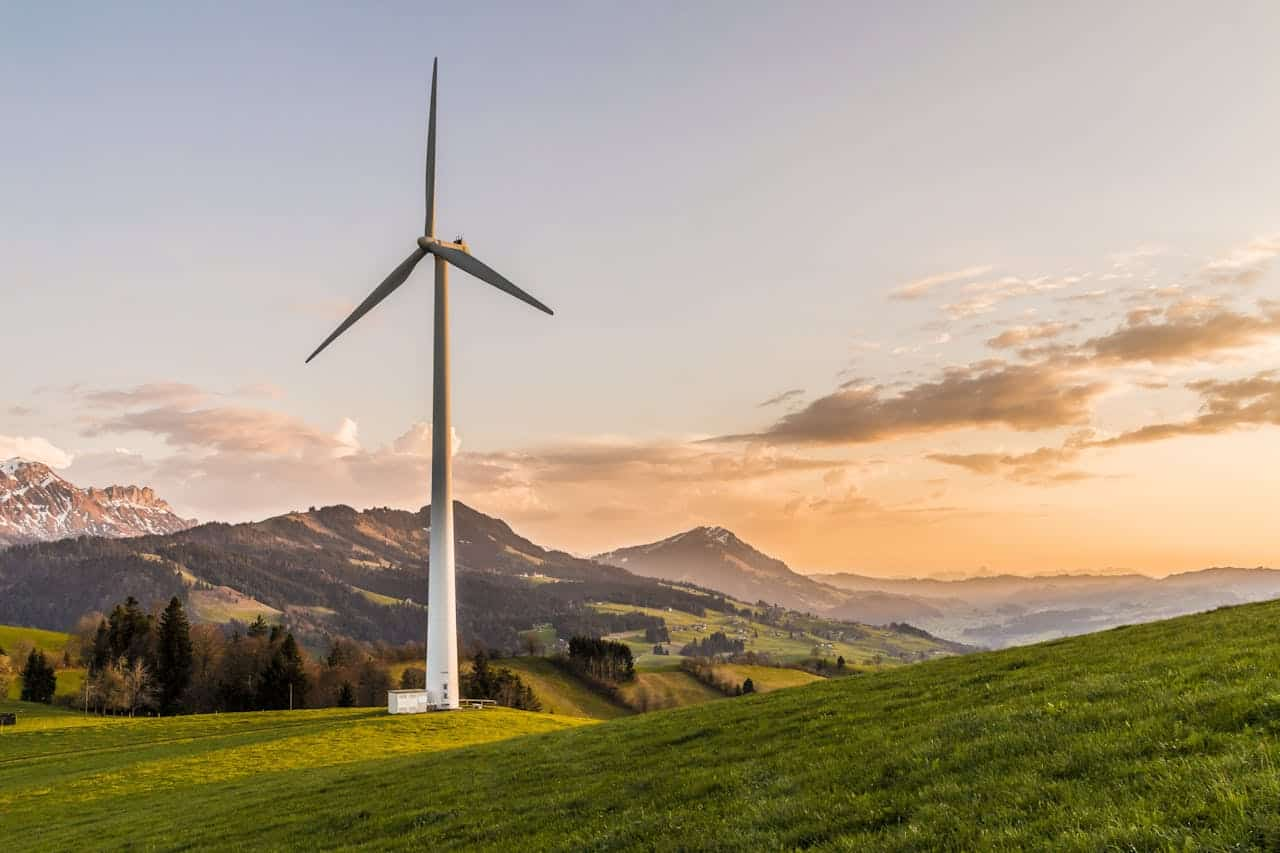
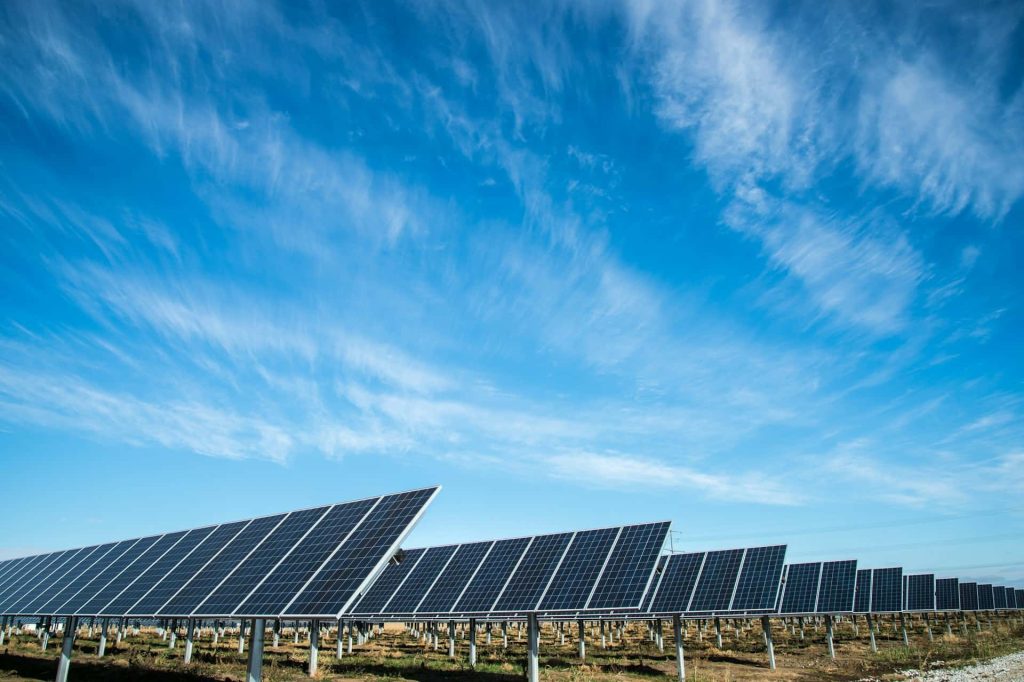


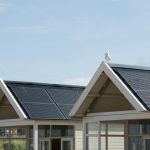
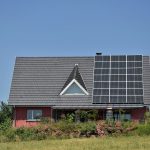
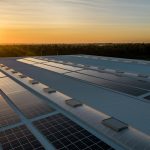
Leave a Reply